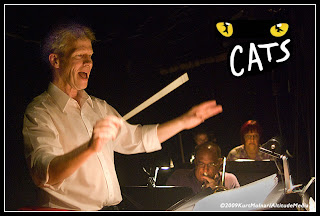
Thriller (1982). Michael Jackson. #1 Album of all time. Image courtesy La Columna Flácida.
The man is gone. The legend begins.
Five of Jackson's solo albums, Off the Wall, Thriller, Bad, Dangerous and HIStory, all with Epic Records, a Sony Music label – are among the top-sellers of all time. During his extraordinary career, he sold an estimated 750 million records worldwide, released 13 No.1 singles and became one of a handful of artists to be inducted twice into the Rock and Roll Hall of Fame. The Guinness Book of World Records recognized Jackson as the Most Successful Entertainer of All Time and Thriller as the Biggest Selling Album of All Time. Jackson won 13 Grammy Awards and received the American Music Award's Artist of the Century Award.
SOURCE: Michael Jackson: The Official Site. Retrieved 25 June 2009.


